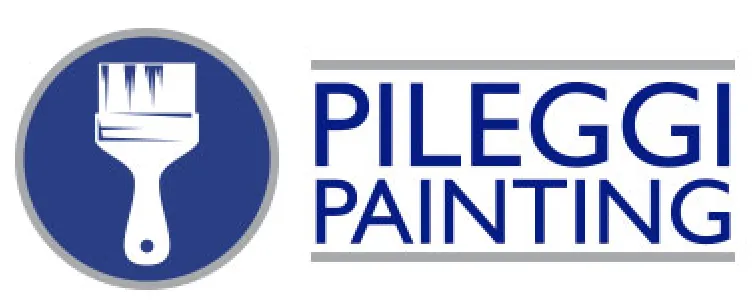Our Blogs
Keep Up To Date with Our Latest Blogs

The Best Time of Year to Paint Your Home's Exterior
Painting the exterior of your home is a significant investment in both time and money. To ensure the best results and longevity of the paint job, timing is crucial. Painting under the right weather conditions can enhance the durability and finish of your paint, saving you from frequent touch-ups and repairs. In this blog post, we'll explore the best time of year to paint your home's exterior and why timing matters.
Why Timing Matters
The success of an exterior paint job depends heavily on weather conditions. Paint needs specific temperatures and humidity levels to cure and adhere properly. Extreme temperatures, high humidity, or precipitation can lead to a variety of issues, including:
Poor Adhesion: Paint may not stick well to the surface, leading to peeling and flaking.
Blistering: Moisture trapped beneath the paint can cause bubbles and blisters.
Extended Drying Times: High humidity can slow down the drying process, increasing the risk of dust and debris sticking to the wet paint.
Cracking and Fading: Extreme temperatures can cause the paint to crack and fade more quickly.
Ideal Weather Conditions for Exterior Painting
To achieve the best results, aim to paint your home's exterior under these ideal weather conditions:
Temperature: The optimal temperature range for exterior painting is typically between 50°F and 85°F. Paint can struggle to cure properly in temperatures below 50°F, while temperatures above 85°F can cause the paint to dry too quickly, leading to cracking and an uneven finish.
Humidity: Aim for a humidity level between 40% and 70%. High humidity can slow drying times and lead to moisture-related issues, while very low humidity can cause the paint to dry too fast.
Dry Conditions: Avoid painting during rainy or windy conditions. Rain can wash away the paint, and wind can blow debris onto the wet surface, ruining the finish.
Best Seasons for Exterior Painting
Depending on your location, the best time of year to paint your home's exterior can vary. Here’s a general guide based on different seasons:
Spring
Pros: Spring offers mild temperatures and moderate humidity, making it an excellent time for exterior painting. The weather is generally stable, and the risk of extreme heat or cold is low.
Cons: Spring showers can be unpredictable. Check the forecast and plan your painting project during a dry spell to avoid rain-related issues.
Summer
Pros: Summer provides warm temperatures and longer daylight hours, allowing you to complete the project faster. Early summer is ideal before the intense heat sets in.
Cons: In many regions, mid to late summer can bring extreme heat and high humidity. Early mornings and late afternoons are the best times to paint during these months to avoid the hottest part of the day.
Fall
Pros: Fall offers cooler temperatures and lower humidity, providing excellent conditions for exterior painting. The weather is typically stable, and there’s less risk of precipitation.
Cons: The days start to get shorter, which can limit your painting hours. Plan your project to maximize daylight.
Winter
Pros: In milder climates, winter can be a good time for exterior painting due to the cooler temperatures and low humidity. Some regions experience dry, mild winters ideal for painting.
Cons: In colder climates, winter is not suitable for exterior painting. The low temperatures can prevent the paint from curing properly, leading to poor adhesion and durability.
Regional Considerations
Weather patterns vary significantly across different regions, so it's essential to consider your local climate when planning your painting project. Here are a few tips based on common climate zones:
Northeast: Late spring to early summer and early fall are ideal. Avoid the cold, wet winters.
Southeast: Spring and fall are the best times. Summers can be hot and humid, while winters are mild but can be rainy.
Midwest: Late spring to early summer and early fall offer the best conditions. Avoid the extreme heat of summer and the cold winters.
Southwest: Early spring and late fall are ideal. Summers can be scorching, and winters are generally mild.
Northwest: Summer is the best time due to the dry, mild weather. Spring and fall can be rainy, and winters are often wet and cold.
Conclusion
Choosing the right time of year to paint your home's exterior is crucial for achieving a long-lasting, beautiful finish. By considering the optimal weather conditions and planning your project accordingly, you can ensure a successful paint job that enhances your home's curb appeal and protects it from the elements. For professional advice and expert exterior painting services, contact Pileggi Painting. Our experienced team is here to help you with all your painting needs, ensuring the best results every time.
Contact us at Pileggi Painting to learn more:
Frank Pileggi
Pileggi Painting
913-558-5204


